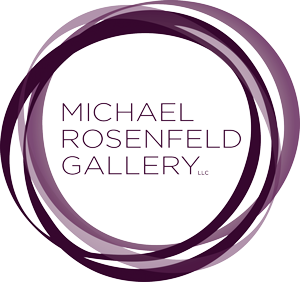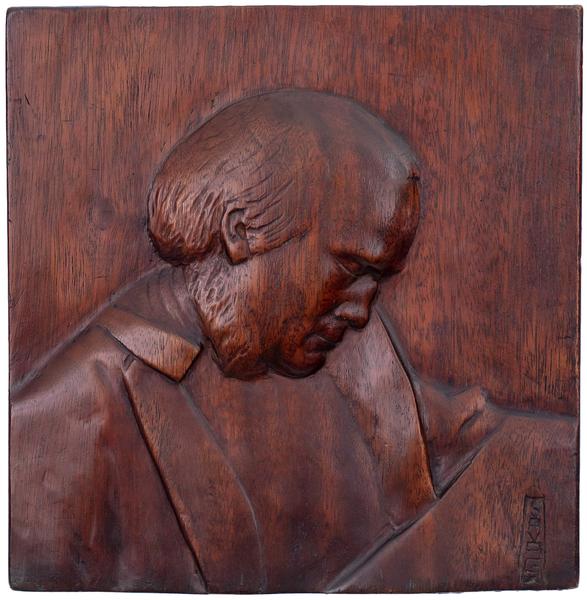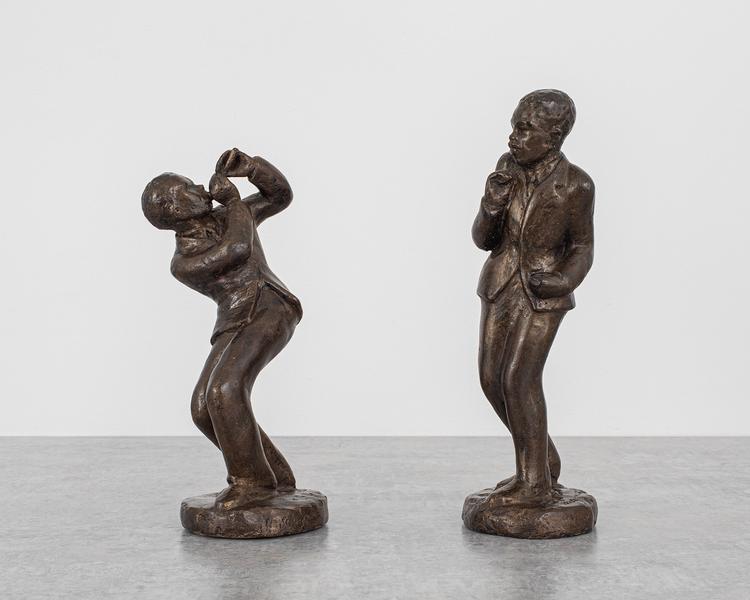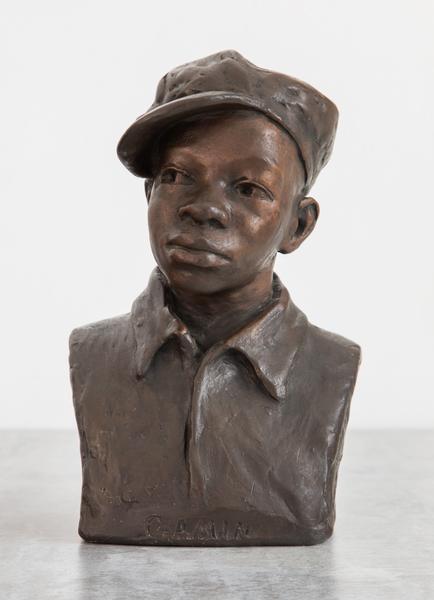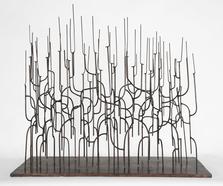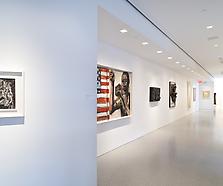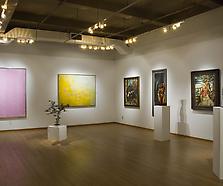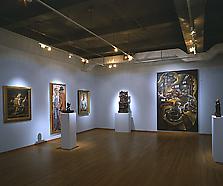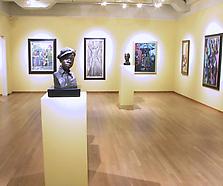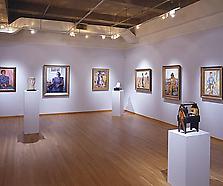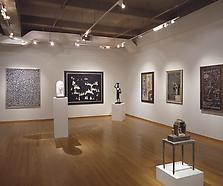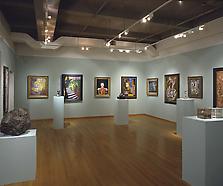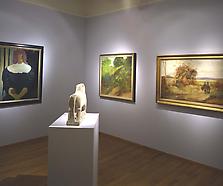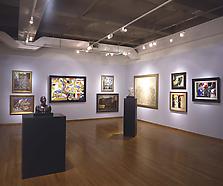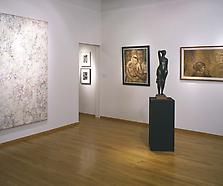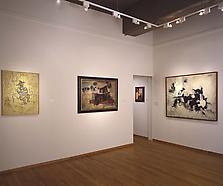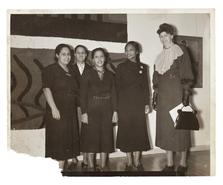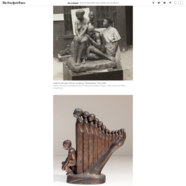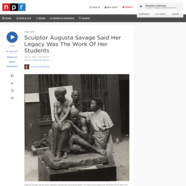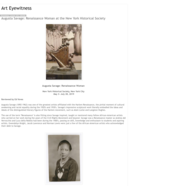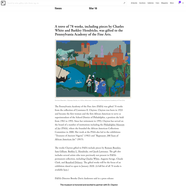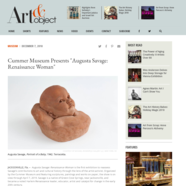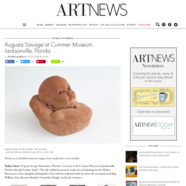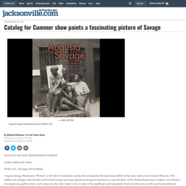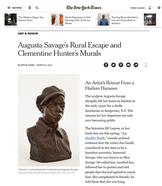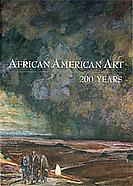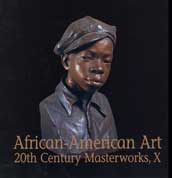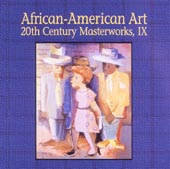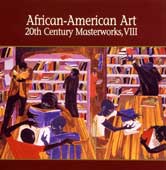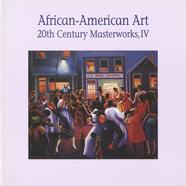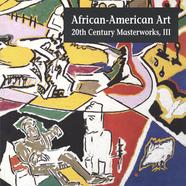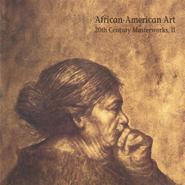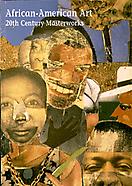Augusta Savage was one of the most influential artists and educators of the Harlem Renaissance. As a sculptor, she represented the Black American experience with profound sensitivity and imagination. While she was commissioned for busts of important figures, such as her portrait of W.E.B. DuBois for the New York Public Library (1925), she also portrayed everyday Black Americans, such as domestic laborers and children, whose likenesses and lives were rarely recognized or commemorated in art. She was a leader in her own artistic community, founding the Harlem Community Arts Center, the short-lived but influential Salon of Contemporary Negro Art, and her own studio where she provided invaluable workspace and materials to Norman Lewis, Jacob Lawrence, and hundreds of other artists at pivotal stages in their careers. Despite her enormous influence, she struggled to find funding to store or cast her sculptures in bronze, and very few of her works survive today. As an independent Black woman artist living and working without precedent, she found few grant opportunities or clients, and she lived much of her life in poverty. While she died in obscurity, her best-known surviving sculpture, Gamin (c.1929), is now on permanent display in the Smithsonian American Art Museum.
Augusta Savage was born Augusta Christine Fells in Green Cove Springs, Florida, in 1892. She was the seventh of fourteen children. Her father, a Methodist minister, viewed artmaking as the sinful production of “graven images,” and violently discouraged it. Despite this, Augusta understood intuitively the potential of the natural red clay outside their home and sculpted figurines of animals from an early age. She married at fifteen and had a daughter named Irene Connie Moore, but divorced shortly after. Around 1908, the family relocated to West Palm Beach, Florida, where the teachers in Augusta’s new school recognized her talent and allowed her to teach sculpting classes for a dollar a day. This would have been where she developed her passion for teaching which would maintain throughout her life. As she stated in 1935, “I have created nothing really beautiful, really lasting, but if I can inspire one of these youngsters to develop the talent I know they possess, then my monument will be in their work.”[1]
The statement that she created nothing beautiful or lasting in her lifetime, while debatable, illustrates how Savage may have seen herself: as an agent of Black America, working behind the scenes to uplift and strengthen cultural bonds.
In 1919, Savage was given her own booth at the Palm Beach County Fair, where she was awarded a $25 prize and a ribbon for the most original exhibit. George Currie, the superintendent at the fair, mentored her over the next two years as she began taking commissions locally. When, in 1921, she decided to move to New York City, Currie wrote her a letter of recommendation to attend the School of American Sculpture. Despite being welcomed by the school’s director, sculptor Solon Borglum, Savage could not afford the tuition costs to attend, and Borglum recommended she apply instead for a scholarship at the Cooper Union. She was admitted on full scholarship ahead of 142 men on the waiting list and was the first student at the school to receive a stipend for room and board so that she could give up her job as a domestic laborer to attend classes.
Savage completed Cooper Union’s four-year program in three years and was then accepted to a summer residency at the Fontainebleau School of Fine Arts in Paris, providing travel and study for one hundred women artists. When the Fontainebleau discovered that they had admitted a Black student, they rescinded her application on the grounds that it would be unfair to the White students to have to share accommodations with her. In response, Savage published an open letter to the school in the New York World newspaper, which was then picked up by other press.
In her letter, Savage wrote: "I hear so many complaints to the effect that Negroes do not take advantage of the education opportunities offered them. Well, one of the reasons why more of my race do not go in for higher education is that as soon as one of us gets his head above the crowd there are millions of feet ready to crush it back again to that dead level of commonplace thus creating a racial deadline of culture in our Republic. For how am I to compete with other American artists if I am not to be given the same opportunity? I haven’t the slightest desire to force any question like that of 'social equality' upon anyone. Instead of desiring to force my society upon ninety-nine white girls, I should be pleased to go to France on a ship with a black captain, a black crew and myself as the sole passenger, if on arrival there I would be given the same opportunities for study as the other ninety-nine girls; and I feel sure that my race would not need to be ashamed of me after the final examinations."[2]
This letter indicates the necessity that Savage understood in creating spaces – a “black crew” – to accommodate Black artists, which would lead to her establishing her own arts centers ten years later. The incident with the Fontainebleau School came to the attention of W.E.B. DuBois, who lobbied the school on her behalf, and became a friend and strong advocate of the artist.[3] It was also around this time that Savage settled in Harlem, on West 137th Street, where she would become an indelible member of the artistic and cultural community.
By the mid-1920s, Savage had received commissions to portray several notable figures in Harlem, including a bust of DuBois for the 135th Street location of the New York Public Library (now lost), and political activist Marcus Garvey. Her work was exhibited in Black community centers in Harlem and Baltimore and at the Sesqui-Centennial celebration in Philadelphia. In 1928, a Florida hurricane destroyed her family home and relatives migrated North to move into her Harlem apartment. Her nephew, Ellis, was the model for Gamin in 1929, which became her most renowned work. Using the classical sculptural form of a portrait bust, historically reserved for the royal or famous, Savage portrayed Ellis with exquisite empathy and dignity, his forlorn expression gazing out from under a newsboy cap. The sculpture earned her a fellowship of $1,500, allowing her to finally travel to Paris to study.[4]
Savage remained in Europe until 1932, winning subsequent fellowships and exhibiting at the Société des Artistes Français Beaux Arts, the Grande-Palais, and the Salone d’Automne, where she received a medallion from the French government’s Colonial Exposition.[5] Returning to Harlem, seemingly energized by her time abroad, Savage exhibited in solo and group shows at Argent Art Galleries and Anderson Galleries in midtown. In 1934, she became the first Black artist elected to the National Association of Women Painters and Sculptors. Around this time, she received a grant from the Carnegie Foundation to fund the Savage Studio of Arts and Crafts at 163 West 143rd Street. Her studio was open to any artist who needed space and materials to work, and was frequented by future Harlem luminaries including Norman Lewis, Jacob Lawrence, Gwendolyn Knight, and William Artis.
